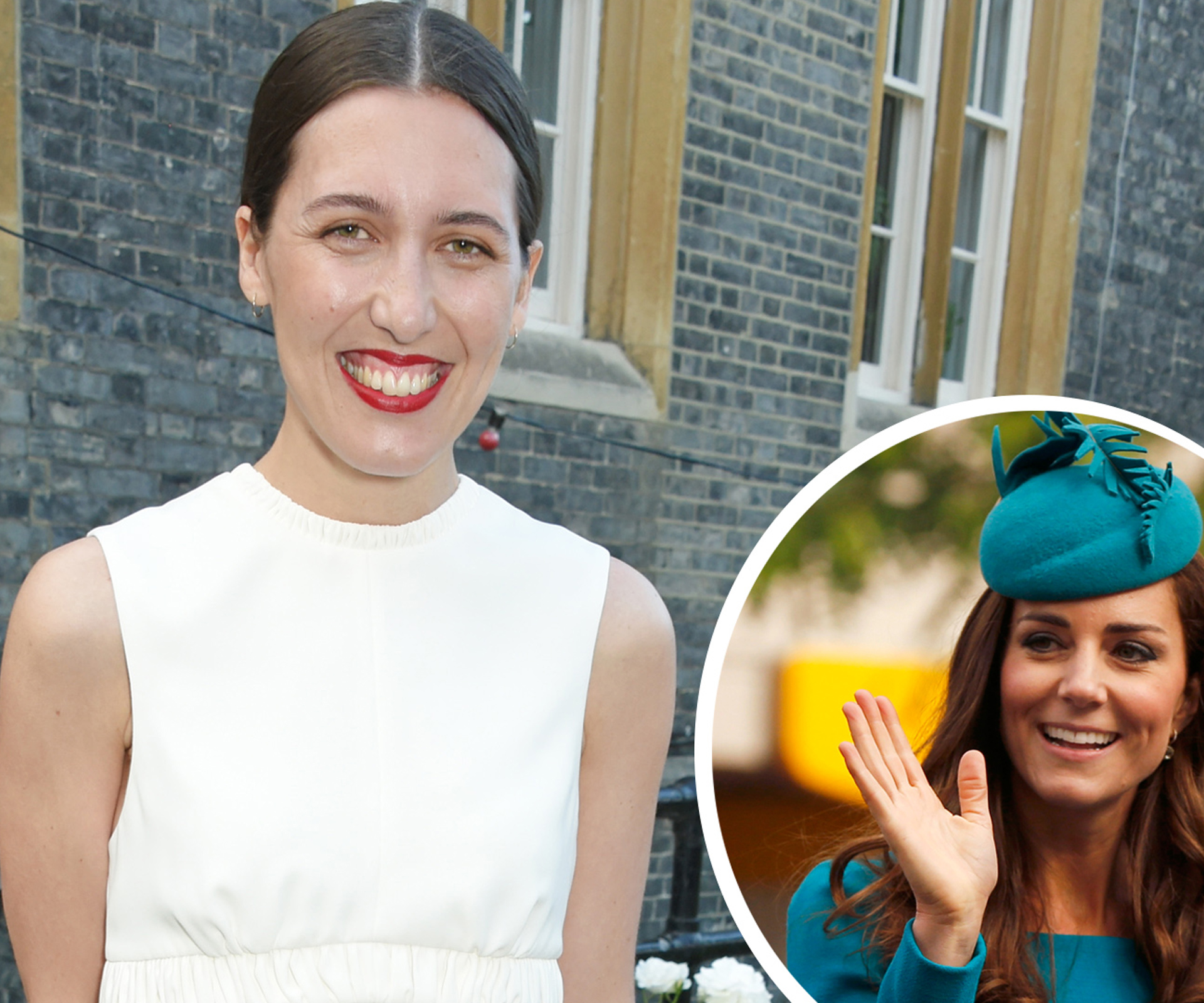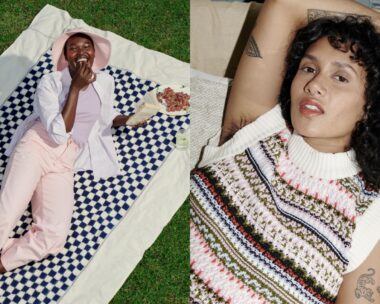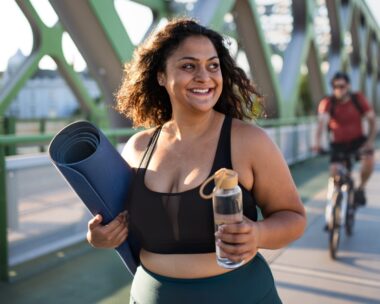Championed by the likes of Gwyneth Paltrow, Amal Clooney and – most famously – the Duchess of Cambridge, New Zealand-born Emilia Wickstead has transformed her eponymous label from a salon-style made-to-measure service operating out of her sitting room to a major player on the London Fashion Week schedule.
An advocate of clean lines, timeless silhouettes and playful prints, she’s carved a niche as the capital’s go-to woman for elevated eveningwear and easy-to-wear separates.
Ahead of her S/S’18 show, we caught up with the designer to learn more about the challenges of dressing some of the most photographed women in the world.
How would you describe your design process, and does it vary from season to season?
I’m very, very visual, so I start with fabrics and with cuttings. We work on four collections a year, so I’ll start piles of inspirations for each. When it comes to sitting down and commencing the collection, the first thing I do is go through that big stack of print out, and then the ideas come to life.
I always have my ‘woman’ in mind – that carries through every single season. It’s about that play between the traditional and the modern; there’s always a twist and an element of surprise.
How would you describe that woman?
She’s the woman that walks into the room and, whether she knows it or not, she’s the most talked about person in the circle, and what she’s wearing excites the room. She’s similar to me, of course – I always think about my lifestyle when designing, so that’s being a mother, being a career woman, being a wife and being a woman who loves to entertain.
Who do you see as encapsulating that attitude?
Queen Rania of Jordan is a great example. It can go from someone like her to Amal Clooney to Diane Kruger to Alexa Chung to the Duchess of Cambridge. They’re all so different from each other, and wearing the clothes in different ways, but they’re all touching upon all those elements of ‘our’ woman.
I would’ve loved to dress Diana Vreeland. I just loved her work as a creative woman and as a business woman – unpredictable, exciting, fun and very, very clever.
You’ve had your designs worn by so many high-profile women. Have there been any moments that felt particularly special?
Designing for Lady Charlotte Wellesley, who is now Charlotte Santo Domingo, on her wedding day was pretty momentous. Another one that was quite recent was Emma Watson for the Beauty and the Beast premiere; what she represents as a woman and what she stands for is so important.
Her ethical fashion challenge was a great eye-opener. It actually prompted us to work more with ethical fabric mills than others we’ve worked with in the past.
Your clothes might be worn by the Duchess of Cambridge or Amal Clooney. Do you think you’ve started to subconsciously bear that in mind when designing?
It adds pressure in the sense that you want to make sure it’s absolutely perfect, but that would be the same for anything I would do, whether it’s for someone in the public eye or if it’s for a client – or just a garment hanging in the store.
It’s not just about designing a dress; it’s about thinking, “How is that dress going to be worn? How’s the fabric going to fall? How will it be photographed? Where is that person wearing it to?”
When we do fittings straight after the show, we think about how a woman can be comfortable, and it’s the same thing for the red carpet – obviously it’s extremely exciting, because that’s where you can really show your true colours as a designer.
What motivates you as a designer?
What’s exciting for me is to make sure that people do still dress up – how do we do that in this fast-paced modern world, when we’re all on the move and all so busy?
Ultimately I think there’s nothing more inspiring than looking back at how people would dress up and make an effort to travel or to go to an event. It’s important to make sure that I carry that through and stand for that as a designer.
Emilia Wickstead started off with a salon-style approach. Has it been important to preserve that sense of intimacy as the brand has got bigger and bigger?
I started at 24 and now I’m 34; I spent the first five years working in the store every day. It’s only been in the last four that we’ve been showing during London Fashion Week. The heart and soul of the business is based in that idea of a bespoke brand, so there was always that very traditional, dressed up element.
We still play on that in our Sloane Street store – we still have that offering of made to measure and bespoke, but what keeps growing and growing is separates.
We introduced jeans last season, and this season we’ll push those boundaries and keep growing so that you can basically take your pick.
You recently launched a collection of ready-to-wear wedding dresses. How did you go about translating your aesthetic into bridal fashion?
What made the process easy was that we already had the clients who were automatically becoming our brides, so really I’ve been making wedding dresses for almost eight years. I wanted to be able to offer it to any bride – that they could have an Emilia Wickstead dress.
The clean lines are there, it’s very architectural. I’d say I play on old world couture as opposed to modern day bridal; there’s something very timeless and appealing in that.
Is that idea of accessibility an important one?
It’s something that we’re always pushing, even just with ready-to-wear today. We’re always trying to make sure that there’s a starting price point at around the £250 or £300 mark – that might be an accessory, or a separate like a tee or a shirt.
Making sure there’s something for everybody is really important to us, and we can definitely see that evolution from last season and in this coming season too.
This article originally appeared on Grazia




